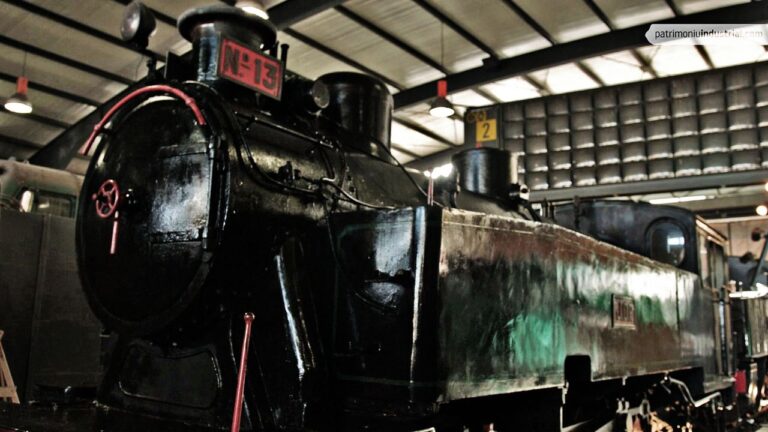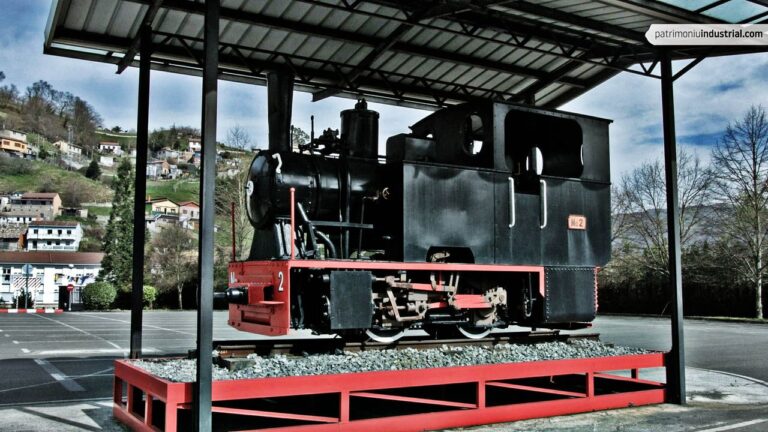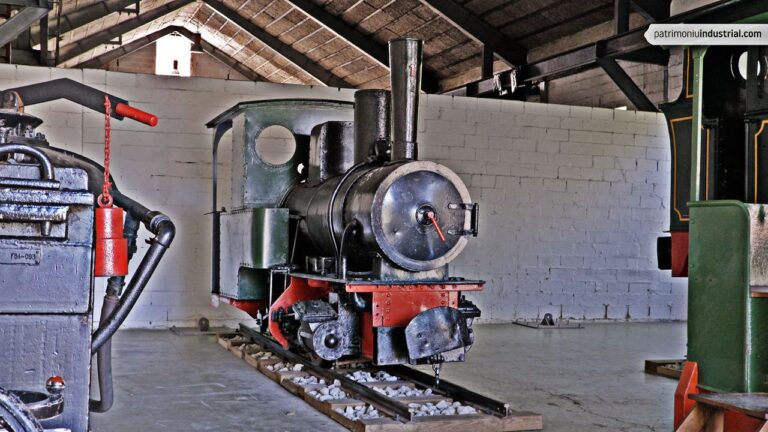
by Javier Fernández López
Director of the Railway Museum of Asturias and a reputed railway heritage researcher. Member of the Board of the Cultural Heritage Commission of the Principality of Asturias. Member of the Historical Railways Association of Spain.
From the first coal tubs to the modern electrical locomotives, the thousands of vehicles that have travelled on Asturian railways form a heritage that is inextricably linked to the recent history of the region.
Some unique vehicles entered Asturian mines in the early nineteenth century. They were made of wood but had iron wheels that run on rails also made of iron. They allowed the transport of large amounts of coal with little effort – and coal was the most valuable commodity the region had to offer at the time. These primitive tubs were animal-drawn for the most part, even by the miners themselves at times.
Eight English steam locomotives were protagonists of the feat of the first railway in Asturias in 1852, and the fourth one in the Iberian peninsula. They constitute an important landmark as they were the very first engines used for land transport in Asturias.
Hundreds more would follow, travelling across the Asturian valleys and servicing its mines, industries, commerce and passengers. Initially British-made, later they were Belgian, French, American and especially German. Domestic railway manufacturing was limited to a handful of Basque and Catalan companies – regional manufacturing was even more insignificant.
These locomotives pulled thousands of different wagons and carriages, yet for the most part they used to transport coal. The modest third-class carriages in which most passengers travelled stood in sharp contrast to the luxury first-class carriages for the well-off. Yet wood was the noble material used for the outer structure of all vehicles for over a century – for the rich and the poor, for goods and passengers alike.
Electric and combustion-engine locomotives gradually replaced steam ones – but not completely. Coal had been the actual reason for the construction of many railway, and it was the chronic obsolescence of the mining industry that contributed to the survival of steam locomotives well into the Nineteen Eighties. They were the living fossils left from a century-old tradition in Asturias, where railways perfectly embody the singular essence of its factories and mines.
This is why the surviving locomotives, goods wagons and passenger carriages are truly irreplaceable and constitute an invaluable treasure in the historical heritage of Asturias.
LÓPEZ GARCÍA, Mercedes (dir.): La Vía Estrecha en Asturias. Ingeniería y construcción (1844-1972). Gran Enciclopedia Asturiana, Gijón, 1995
MORLEY, John y SPENCER Paul: Locomotives and Railcars of the Spanish Narrow Gauge Public Railways. IRS, 1995
SANZ, Fernando F. y REDER, Gustavo: Locomotoras de la Compañía del Norte. Revistas Profesionales, Madrid, 2011
SPENCER, Paul y WAYWELL, Robin: Industrial Railways and Locomotives of Spain. IRS, 2018
VV. AA.: La colección del Museo. Museo del Ferrocarril de Asturias, Gijón, 1999






Recent Comments